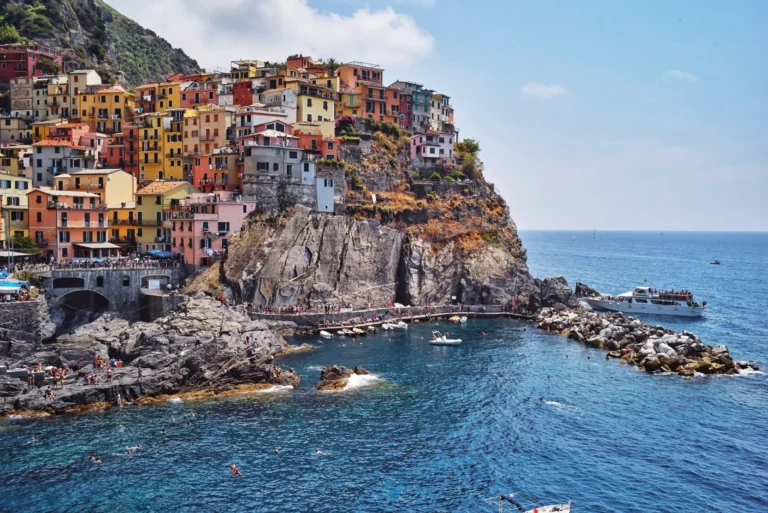If you’re wondering when is the best time to visit Corsica so you can soak up both wild nature and rich culture, you’re in the right place. This island, known as “the Isle of Beauty”, blends rugged mountain landscapes, turquoise sea, and deep-rooted traditions in a way that invites timing to really matter.
Do you want empty trails and wildflowers?
Crowded beaches and late sunsets?
Or crisp autumn drives through chestnut forests and village festivals?
Each season holds a different secret. I’ll walk you through what each period offers, so you can pick the slice of time that fits your own rhythm.
Spring: bloom, trails and cultural whispers
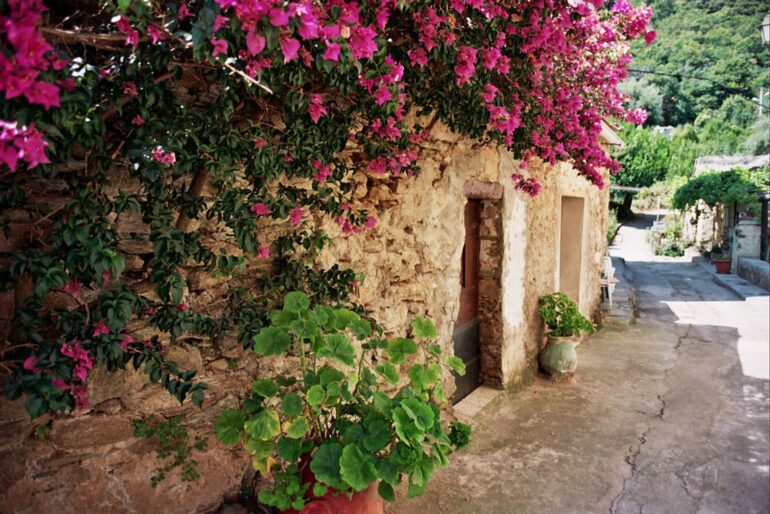
Spring (roughly April through June) is a quietly dazzling time on Corsica. The sea might still carry a cool edge, but inland the mountains and valleys are alive with colour: maquis shrubs in bloom, early sunshine, and trails that feel entirely yours. For nature-seekers, this is a dream.
Culture flows naturally into this too, imagine village festivals in a hill-top town, local goats cheese being celebrated, processions echoing old traditions. The crowds that fill July and August are still at home, meaning you’ll feel more like a guest than a tourist.
And if you fancy a bit of sea + shore, you’re in luck: while the water might not be its warmest, you can combine a trail morning with a shallow-water afternoon.
Quick facts:
- Temps: Mild (around 13-21 °C in May)
- Fewer crowds = easier parking, calmer beaches
- Best for hiking, village life, quiet beaches
Summer: beach mode, festivals and full energy
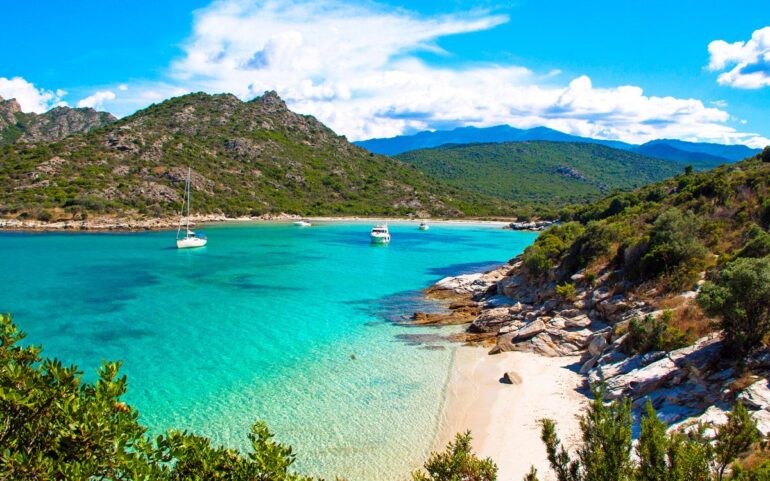
OK, so this one’s the obvious pick for many: summer brings full geographic diversity alive, sun-drenched beaches, warm sea, boating, sailing, seaside towns buzzing.
The island really shifts into holiday mode. Want to sail along the coast? There’s also the option of combining a day trip from the mainland’s coastline or link-up with services like French Riviera day charters to swing into open-water views and combine two lovely regions.
If you’re coming to feel Corsica, to dive into the sea, to picnic on the deck of a boat, or anchor in a cove by night, summer is it. That said, you should brace for crowds, higher prices, and roads that are very busy.
In the summer you’ll get:
- Sea temps reaching ~24-27 °C, very swim-friendly.
- Festivals, late evenings, full holiday infrastructure
- Great if beaches and boat days are top priority
But if you’re hunting solitude, this isn’t the time.
Autumn: mellow moods, harvests and vibrant nature
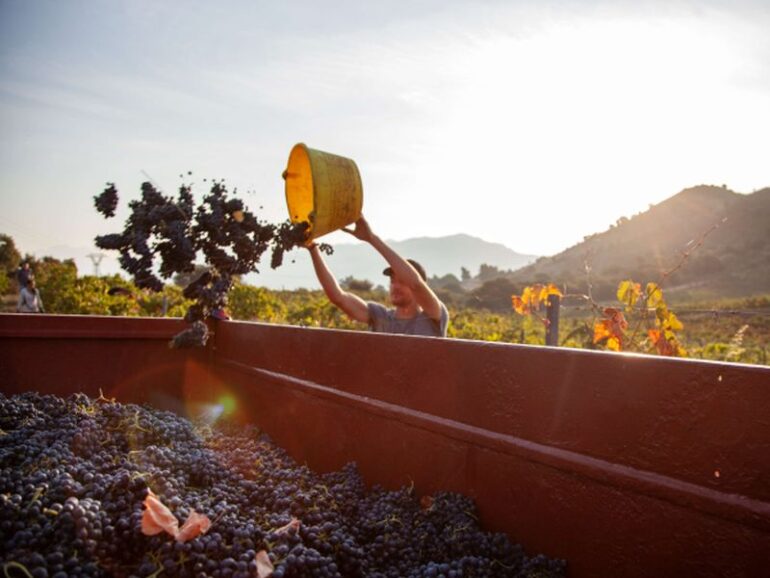
Here is a personal favourite: autumn (September through October) often offers the sweet spot for nature and culture on Corsica. The sea is still warm, the heat of high summer has faded, and the crowds thin out. Inland, the chestnut harvest takes centre-stage, vineyards hum with activity, and villages relax into a slower tempo.
Hiking trails are less scorching; wineries open for tastings; beaches still feel peaceful. If you love local culture, you’ll get village fairs, heritage elements, and more genuine interaction (less “tourist mode”).
Let’s put this into a table for easy clarity:
| Season | What you’ll find | Considerations |
| Late May–June | Wildflowers, ideal hiking, mild temps | Sea may still be cool |
| July–Aug | Warmest sea, full holiday mode, many boat/sail ops | Crowds, higher prices |
| Sept–Oct | Warm sea, harvest vibes, fewer tourists | Some services may begin to close down |
If I had to choose one season for “nature and culture” balanced, it’s autumn.
Winter: quiet introspection and mountain-mood
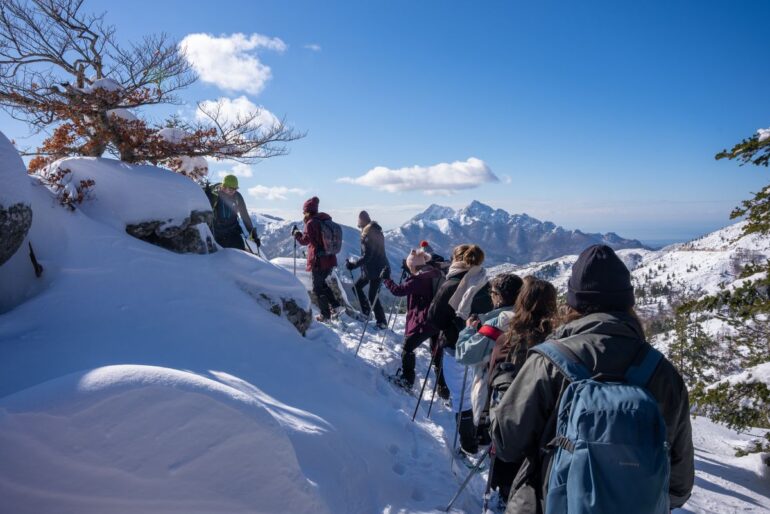
Winter on Corsica is seldom on the “must-go” list for typical beach breaks, but if you flip your mindset, some gems await. The coast is quiet, many hotels close or run a reduced service, but that’s part of the appeal. Inland, the higher peaks gather snow, and you can enjoy a different slice of Corsican nature—snow-shoeing, quiet cafés in stone villages, calm reflection.
Culturally, you might miss an open-water swim but gain authentic village atmosphere, hearty mountain cuisine, fewer people, and a strong sense of place. If your focus is trails, nature hood-down moments, culture without crowds, winter deserves consideration.
So when exactly should you book?
Here’s a little guidance, no sugar-coating:
- If your priority is hiking and discovering villages: Aim for late May to early June or mid-September.
- If you’re after beach time + sea adventures: Mid-July through August is prime—but book early and expect higher cost.
- If you want a blend of nature + culture + calm: September is often the winner.
- If you’re budget-conscious or simply want a quiet escape: Consider January through March—but check which businesses are open.
“The best months to visit Corsica are late May, June and September when the weather is sunny and warm… with fewer crowds.”
And one practical note: If you’re driving, many roads stay open year-round, but mountain passes may be trickier in winter. Also rental cars are best booked ahead in shoulder seasons because supply can shrink.
Putting nature and culture together: sample mini-itinerary
Let’s imagine you pick September (because I keep recommending it for good reason). Here’s how you might structure 5 days:
- Arrive and settle in a coast-village; swim in the morning while the sea still holds heat.
- Mid-day ride inland to a chestnut forest; stop for a local lunch in a village—taste the charcuterie, mingle with locals.
- Late afternoon coastal drive, watch the light shift on the cliffs (the west coast around the Gulf of Porto is fabulous).
- Evening in a traditional town; attend a village festival, walk cobbled streets lit by lamplight.
- Bonus day: take a boat or charter to explore coves, hidden beaches, maybe a half-day sail.
This blends mountain, sea, village, heritage and quiet time—exactly nature and culture together.
Final thoughts
If you ask me when the best time to visit Corsica for nature and culture is, I’ll say September, with an honourable mention to late spring.
But truly, Corsica rewards pretty much any time you go, if you go with the right mind-set. Whether you want loud festival nights by the sea, silent mountain mornings, or golden lanes of autumn chestnut forest, you’ll find it.
Choose your season based on what you feel you need, and Corsica will deliver the backdrop. Here’s to discovering that wild sea-facing mountain, that local village still humming its traditions, and the kind of moment that sticks inside you long after you leave.

